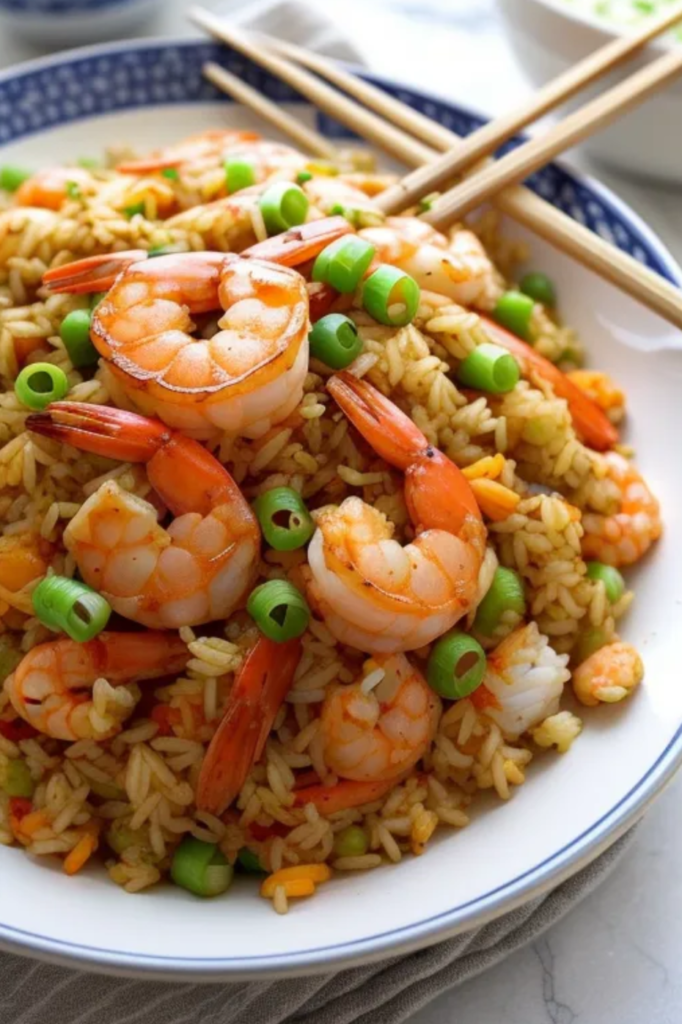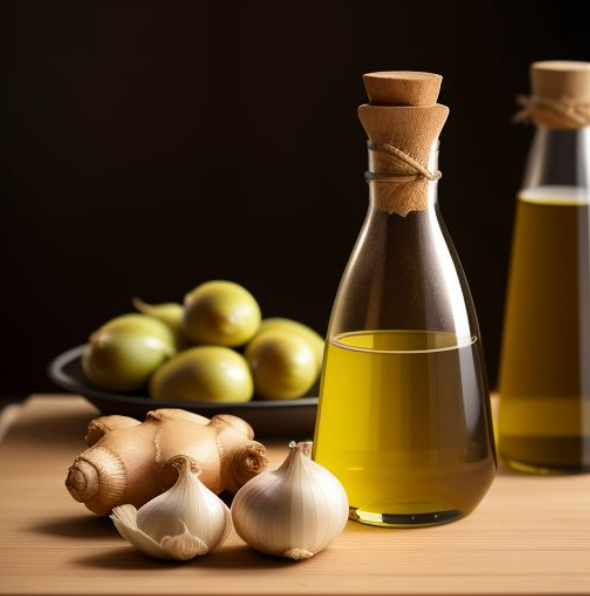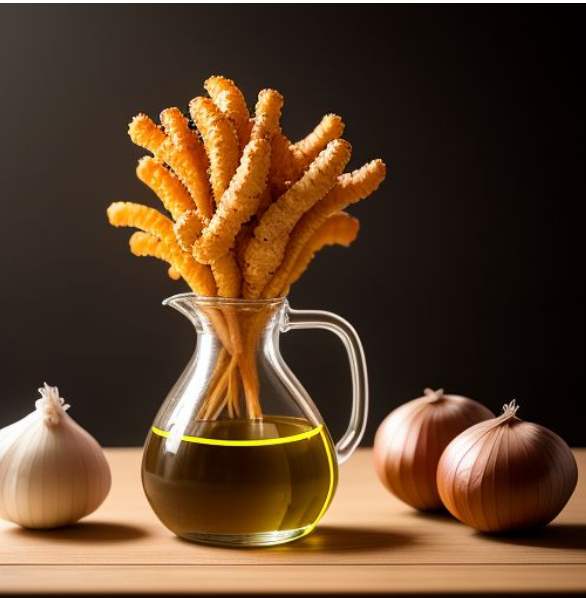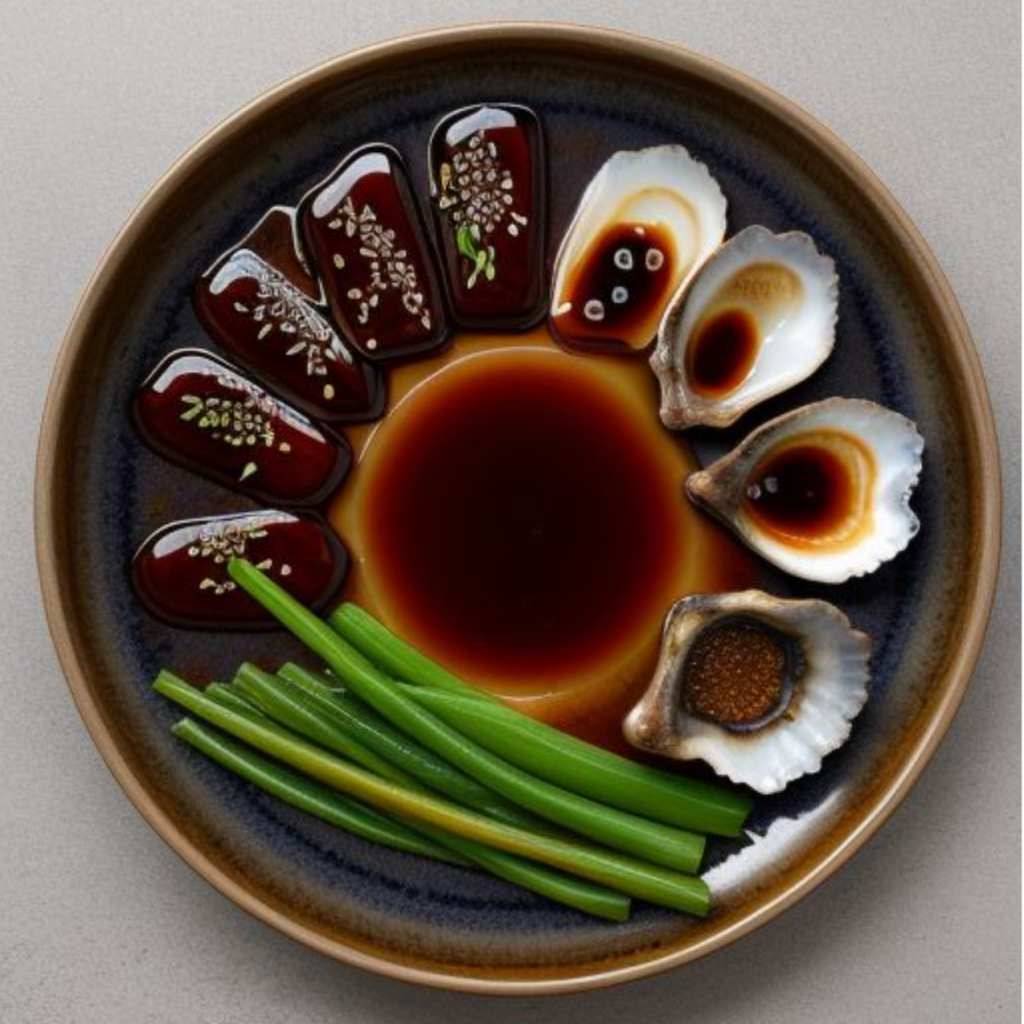Chinese fried rice is a popular dish globally, beloved for its savory taste and comforting texture. But what gives Chinese fried rice its flavor? Let’s dive deep into the ingredients, techniques, and secret additions that make this dish unforgettable.
Chinese fried rice is an iconic dish that has captivated food lovers worldwide. It stands out due to its distinctive flavors, vibrant color, and satisfying textures. But what truly gives Chinese fried rice its flavor? Is it the seasoning, the technique, or perhaps a secret ingredient that makes it so addictive? In this article, we will explore the key elements that contribute to the delicious flavor of Chinese fried rice, breaking down everything from basic ingredients to traditional cooking methods.
1. The Role of Rice in Chinese Fried Rice

The foundation of any great fried rice lies in the rice itself.
When preparing Chinese fried rice, the type of rice you use plays a pivotal role in its flavor. The rice needs to be of a specific texture and moisture level to achieve the perfect fried rice. The best rice for this dish is day-old, slightly dry rice that’s been refrigerated overnight. Freshly cooked rice often contains too much moisture, which leads to clumping and a soggy texture when fried.
Why Day-Old Rice is Preferred
Day-old rice is ideal because it has dried out a bit, allowing the grains to separate during cooking. This results in a lighter, fluffier texture that is essential for achieving that perfect Chinese fried rice. The starch content in day-old rice also influences its ability to absorb flavors, giving the dish its savory undertones.
2. Key Ingredients That Contribute to Flavor
Several ingredients work together to give Chinese fried rice its signature taste.


- Soy Sauce: One of the most essential ingredients, soy sauce imparts a deep umami flavor, enhancing the rice with its saltiness and richness. It’s often the first seasoning added to the wok or frying pan, ensuring that each grain is coated with its savory goodness.
- Oyster Sauce: This sauce adds a slight sweetness and depth of flavor, complementing the soy sauce while contributing a slightly earthy undertone that is typical of many Chinese dishes.
- Sesame Oil: A small amount of sesame oil is crucial for that fragrant aroma that defines Chinese fried rice. It has a nutty flavor and adds complexity to the dish, balancing the saltiness of soy sauce with its unique aroma.
- Garlic and Ginger: Fresh garlic and ginger are often sautéed at the beginning of the cooking process. Garlic provides a robust, savory flavor, while ginger adds a hint of freshness and warmth, creating a harmonious base for the fried rice.
- Eggs: Eggs are a standard ingredient in Chinese fried rice. They add richness and a soft texture that contrasts with the crispy, fried rice. They also act as a binder, helping to hold the dish together while providing additional flavor.
- Green Onions: Fresh green onions offer a mild onion flavor and a burst of color. They are usually added toward the end of cooking to maintain their crispness and brightness.
3. The Importance of Wok Cooking
Cooking technique is just as important as ingredients when it comes to flavor.
Chinese fried rice is typically cooked in a wok, a traditional round-bottomed pan that allows for high heat and quick cooking. This high heat is essential for creating the slightly smoky flavor known as wok hei, which translates to “breath of the wok.” This flavor is achieved when the rice comes into direct contact with the hot surface of the wok, caramelizing the edges and giving the rice a slightly charred, smoky taste.
Stir-Frying Techniques
The key to great Chinese fried rice lies in stir-frying it at high heat, quickly tossing the rice to ensure each grain is evenly coated with the seasoning. The fast cooking time ensures that the rice remains light and fluffy rather than becoming heavy or overcooked.
4. The Secret Ingredient: Five-Spice Powder

What gives Chinese fried rice its flavor beyond the basics?
While the classic ingredients are essential, many chefs add a touch of Chinese five-spice powder to elevate the flavor profile. This spice blend typically contains star anise, cloves, Chinese cinnamon, Sichuan peppercorns, and fennel seeds. The inclusion of five-spice powder provides a delicate balance of sweet, savory, and spicy flavors, making the fried rice even more fragrant and aromatic.
In addition to five-spice powder, other regional variations of Chinese fried rice may include ingredients like soy-based marinades or fish sauce to enhance the overall flavor. These ingredients add subtle layers that differentiate one fried rice recipe from another.
5. Vegetables and Protein Additions
Fried rice can be customized with a variety of proteins and vegetables, further adding to its flavor complexity.
- Vegetables: Carrots, peas, bell peppers, and corn are common additions. These vegetables not only bring color and texture but also a touch of sweetness that contrasts with the savory elements of the dish.
- Proteins: Chicken, shrimp, pork, and beef are often included in Chinese fried rice. These proteins are usually stir-fried separately and added at the end, contributing a savory depth and making the dish more hearty. Tofu is also a popular vegetarian option, providing a mild flavor that absorbs the seasonings of the dish.
6. Regional Variations of Chinese Fried Rice
Fried rice is a versatile dish, and its flavor can vary depending on the region.
Chinese fried rice is not a one-size-fits-all recipe. Depending on the region of China, the flavors and ingredients used in the fried rice may differ. For example:
- Cantonese Fried Rice: Typically features shrimp, pork, and chicken, along with peas and carrots. The flavor is lighter and less spicy than other variations.
- Sichuan Fried Rice: Known for its spicy kick, Sichuan fried rice incorporates chili peppers and Sichuan peppercorns, which impart a numbing, tingling sensation.
- Yangzhou Fried Rice: Often considered the “classic” version, Yangzhou fried rice includes a mix of meats, vegetables, and sometimes even a touch of sweet soy sauce.
7. How to Get a Chinese Flavor in Fried Rice

Achieving the perfect Chinese fried rice flavor starts with understanding the key seasonings and cooking techniques.
To get that authentic Chinese flavor in your fried rice, ensure you’re using the right combination of soy sauce, oyster sauce, sesame oil, and fresh ingredients like garlic, ginger, and green onions. Additionally, don’t forget the importance of wok cooking to achieve that signature wok hei. If you’re looking for a truly traditional flavor, consider adding five-spice powder for an extra layer of complexity.
8. Frequently Asked Questions (FAQs)
How to get a Chinese flavor in fried rice?
To get an authentic Chinese flavor in fried rice, focus on using soy sauce, oyster sauce, sesame oil, garlic, and ginger. The key is in the seasonings and the wok cooking technique.
What adds flavor to fried rice?
Ingredients like soy sauce, oyster sauce, sesame oil, garlic, ginger, and Chinese five-spice powder contribute to the unique and savory flavor of fried rice.
What is the secret ingredient in Chinese fried rice?
The secret ingredient in many Chinese fried rice recipes is Chinese five-spice powder, which adds a balanced, aromatic flavor.
How does fried rice get its flavor?
Fried rice gets its flavor from the combination of seasoning ingredients like soy sauce, oyster sauce, and sesame oil, along with the high-heat wok cooking method that imparts a smoky taste.
Conclusion
In conclusion, Chinese fried rice is a culinary masterpiece that tantalizes the taste buds with its harmonious blend of flavors. The combination of savory soy sauce, aromatic sesame oil, and umami-rich oyster sauce creates a rich and depthful flavor profile that is both familiar and comforting. The slight crunch from the vegetables and the chewy texture of the cooked rice add a satisfying textural element to each bite. When perfectly cooked, Chinese fried rice is a symphony of flavors that is both nostalgic and indulgent, leaving you craving for more.

— END OF ARTICLE —

